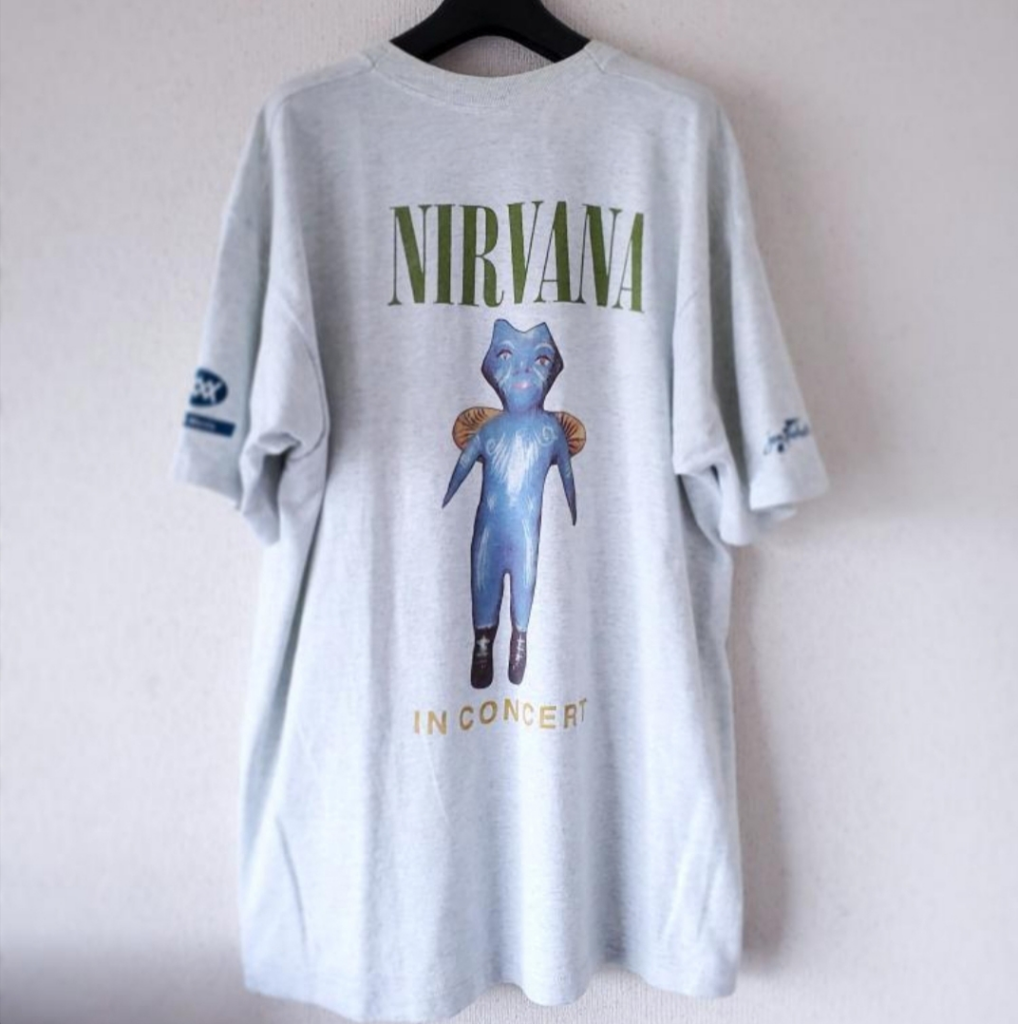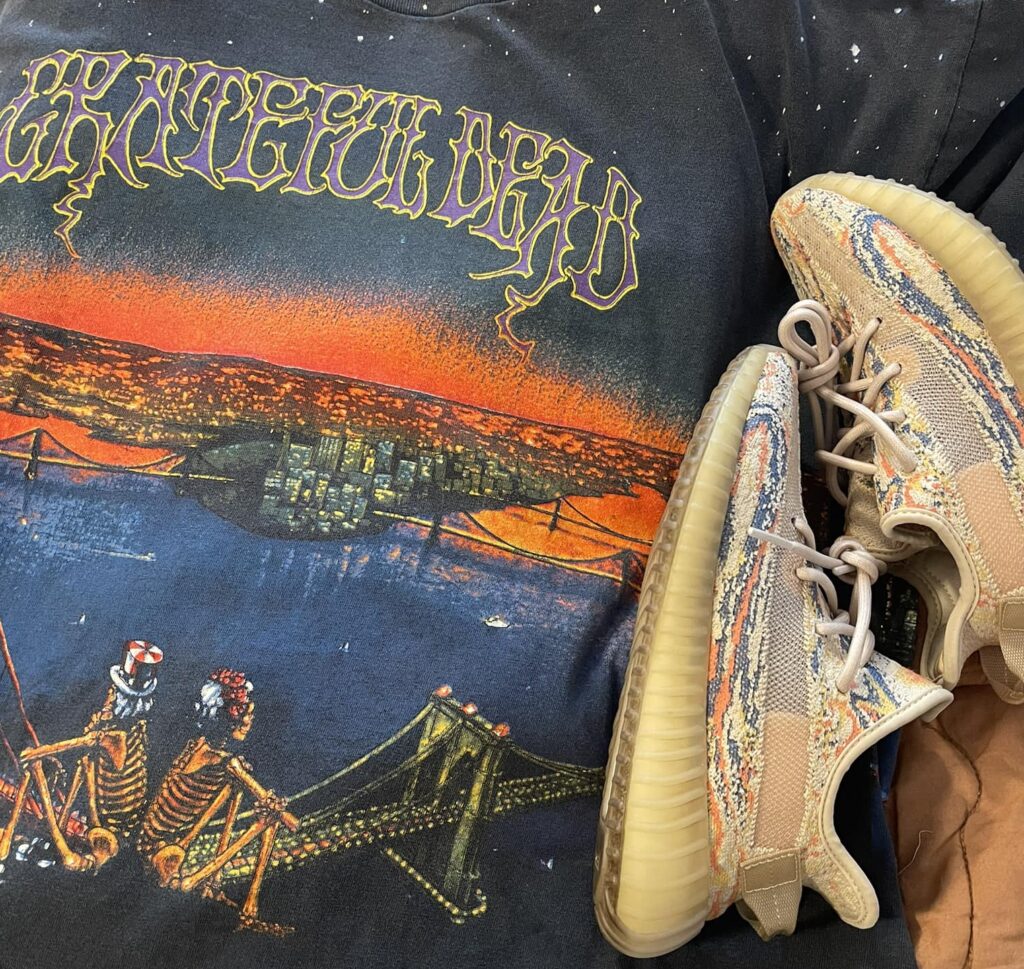Some of the most sought-after vintage finds are band tees, graphic tees, hard baggy jeans, punk fashion, and old sportswear. Each of these defined streetwear fashion subcultures of the old, but how did it originate essentially? What is its importance? Where is it now?
Where did the (now) vintage streetwear fashion begin?
Its evolution had its roots sown in the Counterculture Movement of the 1960s. As the name suggests, this was a movement centered around the rejection of traditional American norms and a conservative way of life. Following WWII, the American government aggressively advocated for consumerism to boost production and manufacturing of all commodities. America had also just committed to the Vietnam War during this time and around 2.2 million young men were drafted. Like all other things that were pro-government, materialism, consumerism, and the pro-war narrative were straight-up rejected by this movement. Partakers now deliberated to buy their clothing from flea markets and second-hand stores to avoid buying from major brand names. The now-historic ‘Peace Sign’ ended up becoming a symbol for not only the anti-war sentiment but also the counterculture movement, thereby featuring in many clothing articles and accessories. Authentic vintage streetwear with these symbols are therefore highly sought after in the vintage markets.

It was at this point that the iconic vintage streetwear fashion (or hippie fashion) that we know today started coming into being as a means of self-expression for these individuals. This class of youth wanted to feel free and their fashion was a means to do that. Bright and bold colors, loose fits, bell-bottomed jeans (fun fact, bell-bottoms were initially widely worn by both men and women), flower patches, and psychedelic designs became prominent symbols of streetwear hippie fashion. Vintage streetwear from the counterculture era is therefore highly vibrant and aside from its cultural significance, has a stand-alone artistic appeal. People started dyeing their clothes and the colorful Tie-Dye style amassed huge popularity. It can be said that this era saw the most radical change in fashion norms in modern history. There was practically no line between what fashion was acceptable or not, and it is due to this very essence being captured in the aesthetic of authentic vintage streetwear articles of this era which sees them being sold easily for upwards of a few hundred dollars, if not more.
Influence of Music
Music has undeniably had a significant impact on the current-day vintage streetwear fashion from this point onwards in the counterculture. The most symbolic instance where music blended into the counterculture was Woodstock 1969: a 3-day music festival where almost half a million youth gathered to escape into an emo-lyrical haven and send a message of unity and peace. Not too late after, in the mid-1970s, the movement intensified when Punk Fashion/Anti-Fashion crept into the streetwear fashion norms. Punks would cut up and deface old clothes in a way to radiate an unfiltered crude vibe; their definition of anti-fashion. Neck chains made from padlocks, safety pins holding fabric of clothing together, crude prints, body piercings, and mutilations, all became associated with punk. A major role was played here in popularizing the sentiments of anti-fashion by design enthusiasts Vivienne Westwood and Malcolm McLaren through their music group, ‘Sex Pistols’, and their boutique named after the same.

Later on, in and around the 1990s, grunge music and hip-hop dictated the streetwear fashion scene. Flannel shirts, ripped denim jeans, baggy clothes, and combat boots were the main components of grunge fashion. Vintage streetwear and band t-shirts from this era also sell quite well. An array of grunge bands like Alice In Chains, Nirvana, and Pearl Jam (among many others) were all booming at this time and pushing the grunge scene even more.

The above shown ended up selling for around $6900. Truly, there was something about this era which prompts collectors to pay such buck for vintage streetwear around this time. This print was made to be worn by the Nirvana crew members on their final tour.
Hip-hop fashion also amassed a substantial following somewhere in between these decades. It never had one particular fashion definition but as many rappers would come and go, they would leave behind their own touch. Snoop Dogg and Tupac had a significant influence on the vintage streetwear and hip-hop fashion of the old while rappers like Jay-Z and Kanye West practically lead the hip-hop fashion scene of the new. Hip-hop spreads wide and gradually, it has been embedded in both the current-day streetwear fashion and the high-fashion classes. Turtlenecks, sweatshirts, baseball caps, and sneakers are some examples. From the utilitarian laidback baggy scene to heavy and colored leather and sheepskin jackets, there is a little bit of hip-hop in everything🎵
Influence of Sports
Now let’s talk about the final component of this cultural boiling pot that produced THE vintage streetwear fashion that we know of today. Given the absence of mobile phones and similar technology in the aforementioned decades, youngsters would habitually occupy the streetwear spaces. The fashion they would adopt was the culmination of the music genre and the sport they would associate to. Basketball, American Football, Baseball, and Skateboarding were the most popular sports. Out of these, however, skateboarding ended up having the most influence on vintage streetwear fashion as, quite literally, it was a sport that you could do on the street. Consequently, this subculture is one that all of us are already very well acquainted with given how frequently we see the ‘cool’ teenagers in American and retro movies pulling the classic ramp-and-grab tricks.
From the days of the Z-boys to the advent of Supreme, there have been many varieties of skateboarding streetwear fashion. Initially, the free spirit of skateboarding led to a blend of the subculture with punk rock, creating the genre of skate rock, captured well by bands like Bad Religion, Suicidal Tendencies, and The Offspring. Streetwear also incorporated hip-hop as skaters would wear oversized tees and baggy pants for mobility along with beanies that wouldn’t fly off while skating. The sneaker market also continued to boom and became a major component of now-vintage streetwear as skaters searched for the most ergonomic designs for maximum grip and functionality while skating. Vans dominated this space with their legendary Half Cab and Nike with their Air Jordans. As the market evolved, all the other major sportswear brands like Adidas, Puma, and Reebok became part of this subculture. Brands like Levi’s, Carhartt, Dickies, and Diesel also held exceeding prominence in the hip-hop x streetwear scenes. When talking about vintage streetwear fashion, these are brands you simply can not keep out of the conversation.

Where is streetwear now?
In the 2000s and onwards, however, the transition from accessible streetwear fashion to high fashion imminently had started to take place. Non-skaters now took great interest in the carefree essence of skateboarding alongside other streetwear attires. It became synonymous with their definition of self-expression. Celebrities had also begun to rep the laidback streetwear fashion more often and luxury brands saw this growing interest as an opportunity they had to capitalize on. Sneakers evolved from being just footwear to collectibles and many luxury brands started putting out their take on streetwear fashion. Previously affordable sportswear brands like Champion also made the shift to become premium streetwear brands. The single most important event signifying the completion of this transition was the Supreme-Louis Vuitton collab in 2017. Legacy brands like Gucci and Dior followed suit, while other luxury streetwear brands like NEIGHBORHOOD (which had also collaborated with Supreme in 2007) and BAPE also gained prominence.

As a result of this transition, however, the popularity of vintage streetwear fashion is on the rise again. While some might argue that the loss of accessibility has made streetwear lose its essence, for many vintage admirers and collectors this is an exciting time. Hopefully, the context would help us better understand the underlying sentiments in vintage streetwear fashion alongside its aesthetic allure that makes it as valuable as it is. Here are some tips on identifying vintage to help you get started in your journey to explore the vast world of vintage!$$


Pingback: 4 iconic vintage cartoons that are worth looking back on - Vintage Label Hunter